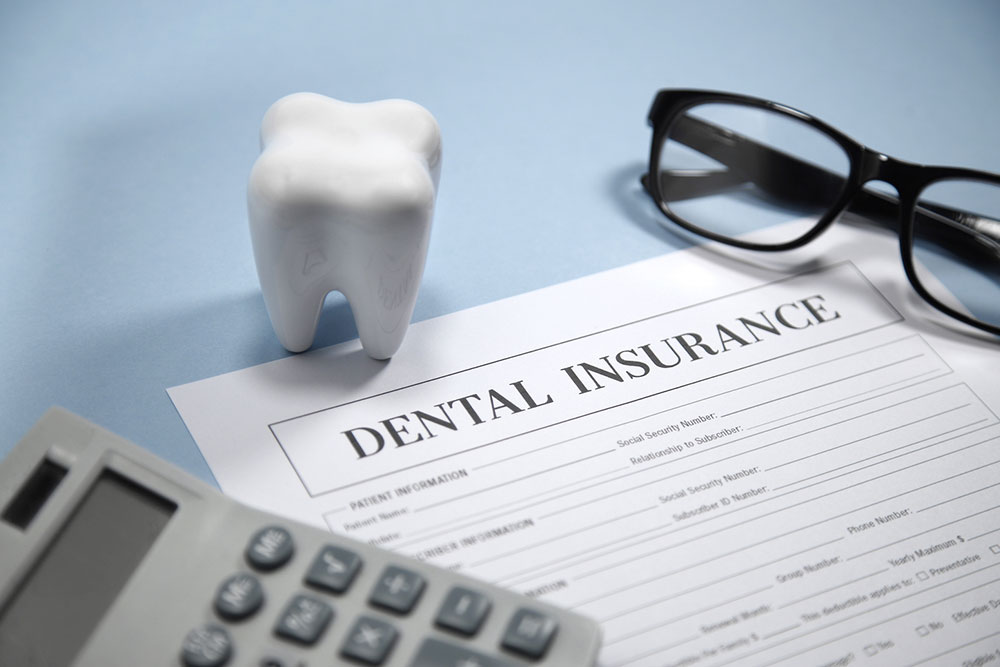14 mistakes to avoid after a dental implant procedure

Research suggests that almost 50% of people nationwide are missing at least one tooth. Dental implants are titanium replacements to teeth roots, used to hold false teeth in place. A dental surgeon fixes these implants using a screw-like tool and the artificial tooth is then secured on the implant. Individuals with dental implants should take certain care measures after the implantation. Furthermore, here are some mistakes to avoid after a dental implant procedure.
Using a toothbrush with hard bristles
Toothbrushes with hard bristles can hurt one’s teeth and gums, as the teeth are sensitive after a dental implant procedure. So, one should use toothbrushes with soft bristles, preferably nylon bristles, to avoid any damage to the implanted teeth.
Having foods that are difficult to chew
Food items like crackers, chips, nuts, and toasted bread have hard surfaces and can worsen one’s toothache. This is why dentists recommend that after a dental implant procedure, one should have soft, easy-to-chew foods like mashed potatoes, soft breads, porridge, cereals, and tender fruits like bananas.
Neglecting basic dental hygiene practices
Neglecting oral hygiene can cause dental health issues like tar-tar and cavities, increasing one’s discomfort after a dental implant procedure. Thus, individuals with dental implants should consistently follow dental hygiene practices like brushing two times a day and rinsing their mouth after meals.







